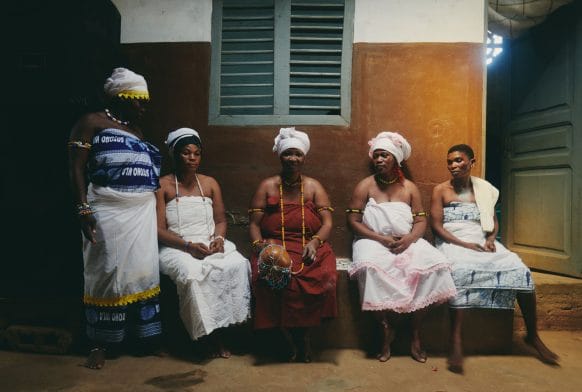
One newspaper article presenting L. W.’s second visit to the Surrey House Museum on the 3rd of November 1887 together with members of the St. Peter’s congregation, Dulwitch, and a number of Mr. Horniman friends. The visit was motivated by a number of new acquisitions to the museum. The visitors formed three groups, each guided by: Mr. Horniman, Mr. Watkins (the curator), and one of Mr. Horniman friends. L. W.’s description of the tour follows the spatial progression of individual sections of the Surrey House Museum, with emphasis on recently acquired articles to collections. “The Museum”, or the Long Saloon, impressed the visitors with the largest lion specimen known to exist at the time, as well as new additions to an already varied Beetles, Moths and other insect collections. The “Lower Saloons”, located beneath the Museum proper, consisted of the Porcelain Rooms where visitors could enjoy Vienna and Sevres porcelains, and a section of historical Japanese and European Armours. The “Japanese Saloon” marvelled the guests with its displays of Japanese wood carvings, bronze vases, tapestry work and Chinese shoes. The “Reception Saloon” was already well known for the novelties it contained, such as a chip of wood cleft by the axe of Mr. Gladstone in his Park at Harwarden Castle, Japanese liqueur work, Italian and Spanish copper work, or Chinese ironwood chairs inlaid with pearls. The “Ancient Book Saloon”, also known as “The Bible Room”, had among its chief exhibits one Bible that was once the personal property of Martin Luther. The “Indian and Colonial Saloon” surprised the visiting groups with a perfectly preserved female skeleton on display, labelled: “The framework on which Beauty is founded”; and also with numerous Oriental curiosities, such as Indian idols or embalmed hands. The last sections to visit were the “Old English Chambers” in the higher regions of Surrey House. The atmosphere in the Elizabethan Chamber impressed the visitors as gloomy, while some of the rare objects on display were appreciated for their historical and cultural significance. A “Notice to attending visitors” concludes L. W.’s article by announcing that, although the Surrey House Museum was not open to the general public, Mr. Horniman was pleased to allow group visits during Saturdays or evening for those who would write in advance requiring an appointment for such a visit.


































































































































































































































































































































































































































































































































